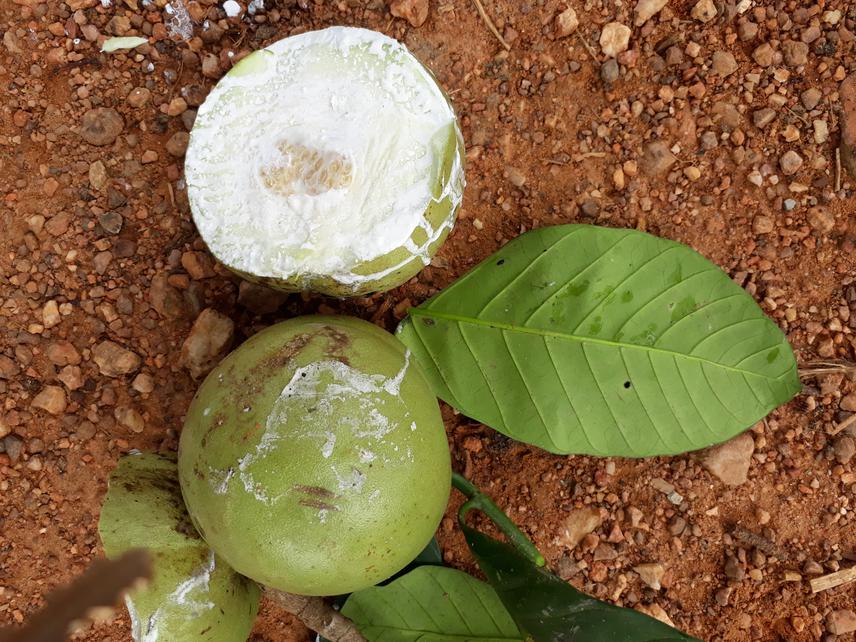Kodjovi Mawuégnigan Léonard Agbodan
Other projects
24 May 2024
Uses, Structural Characterization and Ecological Niches of Three Vulnerable Woody Species in the Guinean Forest Formations of Togo
Nowadays, two-thirds of plants are in danger of extinction worldwide (IUCN, 2017). In Africa, this threat is much stronger on medicinal plants because 70-95% of the population is caring usually with plants (WHO, 2011). In the Guinean zone of Togo, this pressure was strongly accentuated by anthropological impact, selective use, overgrazing, but also, because of bad practices of plant exploitation. Traditional medicine exists, but the use of conventional medicine has led to the neglect of these ancestral practices, which risk loss forever.

Bearing all the above in mind, the valorisation of local knowledge on threatened medicinal plants (TMP) is a boon for the protection of these biodiversity's (Akpavi, 2008; Agbodan, 2021). The knowledge associated with plants declines as the resource becomes scarce (Demie et al., 2018). Furthermore, the mode of transmission of traditional knowledge being oral, there would be a significant risk of loss of knowledge, yet a true bridge between humans and plants (Akpavi et al., 2013). It is urgent to produce document and conserve this local knowledge, a true cultural heritage. This potential solution has given rise to the interest of this research.
In addition, since the Nagoya protocol which advocates the recognition of indigenous people’s rights and the Fair and Equitable Sharing of Benefits arising from their utilization, local knowledge is considering as a source of much sought-after innovation to protect biodiversity. Therefore, there is an urgent need for the documentation of indigenous knowledge about TMP. This work will constitute a useful update database, which allows the preservation and valorisation of ancestral knowledge of the use of TMP.
This study is a contribution to the conservation of threatened medicinal plants (TMP) with their local knowledge. This project aims to:
(i) inventory threatened medicinal plants
(ii) identify the anthropological pressure, organs used, methods of preparation and administration of recipes, and then
(iii) raise awareness among local populations on the importance of conservation of these plants, formations housing these plant and efficient uses of genetic resources.